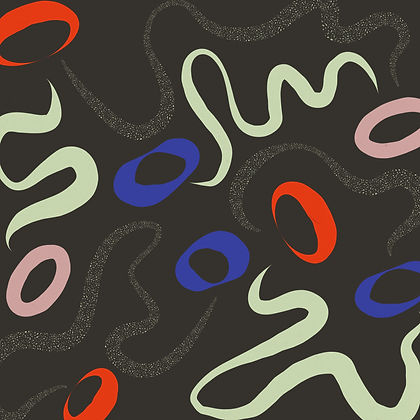

Circosonic is a CS project under the Circus Thinkers Platform where we explore circus as sound dimension.

The circus' sonic world is rich and varied, from subdued footfalls on sawdust to the roar of the crowd. So many elements that fill the arena: the flicks from the rope, leaves pulled from the knife thrower and exclamations from acrobats who shoot each other through the air. In addition to the cliché of the clown's fanfare, there is a rich tradition of music that helps to carry the artists and the audience's experience.
The sound of the traditional circus is something most of us can imagine. But how does contemporary circus sound?
Premise
Circus has always engaged with sound in unique ways. In fact, the first thing many people think of when they see circus is a sound: Julius Fučík’s 1897 composition “Entry of the Gladiators.” Today, though, the trumpeting elephants and roaring lions of traditional circus have fallen silent to make way for a new integration of sonic elements in the contemporary circus. So, what does circus sound like today? That is the question that the “Circus Thinkers” discussion group has set out to answer with our new “Circosonic” research project.
We are an international group of circus artists, academics, and enthusiasts who came together through Cirkus Syd, a networking platform for research, development and innovation based in Lund, Sweden. Supported by funding from Kulturbryggan, the Circosonic project is a series of inquiries into the element of sound in circus and the element of circus in sound. At the beginning of our collaboration, we were driven by two core questions: Can we find circuses in nature and/or through sound? and What is needed to convey/create circus through sound alone? We are especially interested in how sound could be employed to create a more accessible circus.
To answer and expand upon these questions, we are engaging in ongoing collaborative research using a discussion format developed through the Cirkus Syd “Circus Thinkers Discussion Platform.” In 2022, we will also explore sound in circus through artistic responses to the questions that emerge from our discussions. The final aspect of our research is independent reading and viewing of existing artistic and academic explorations of circus and sound, including Marie-Andree Robitaille’s “Sound of Circus,” Naël Jammal’s “Cirk 2.2,” Grensgeval and aifoon’s “murmur,” and more.
Project team
.jpg)
Nick Zelle (US)

Morgan Anderson (CA)

Nadine Johnson (US)

Jason Dupre (UK/LV)

Alise Bokaldere (LV)

Jordana Greenblatt (CA)

Tomáš Václavek (ES/SL)

Madeline Hoak (US)

Lina B. Frank (SE/UK)
Made possible with the generous support of

